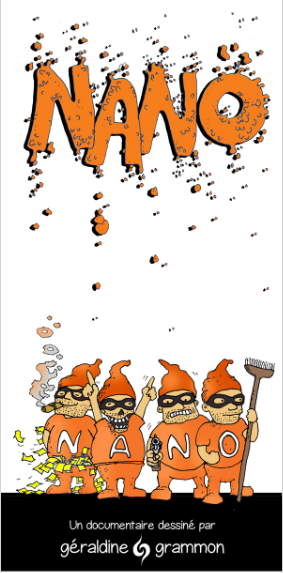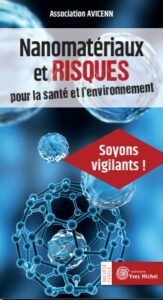Nanos? What are we talking about?
The world of the infinitely small
“Nano” comes from the Greek “nannos” and means “dwarf”: the nanometric scale is that of
the infinitely small.
It takes a million nanometers to reach a millimeter, or a billion nanometers to reach a meter:
1 nanometer (nm ) = 10-9 meter = 0.000 000 001 m = 1 billionth of a meter
Invisible to the naked eye, nanoscale objects are slightly larger than atoms or the size of viruses.
Some very specific properties
At this scale, the materials display “extraordinary” properties (in the true sense of the word) compared to “classical” or conventional materials, of micro or macroscopic size.
“More resistant”, “more conductive”, “lighter”, “antibacterial” or “anti-UV”, “brighter”, “more waterproof”, etc. nanomaterials are adorned with a thousand virtues.
If these miraculous properties can be observed in the laboratory, they could sometimes be missing in the real conditions of use of the products. Beware of false promises!
A wide range of applications
Nanomaterials are used in many domains: food, cosmetics, textiles, packaging, paints and varnishes, cement and concrete, electronics, aeronautics, automotive, etc.
According to the promoters of nanotechnology, nanomaterials are present in everywhere.
But what are the risks?
“New properties” also mean, potentially, “new risks”. Hence the need for an effective vigilance on these.
However, the resources dedicated to the monitoring and prevention of these risks are still not what they should be. That is why AVICENN is keeping watch.
Our book
Discover our book Nanomateriaux et risques pour la santé et l’environnement – Soyons Vigilants! published by Editions Yves Michel in early 2016.
Nanos, nanomaterials, nanoparticules, nano-objects?
For the sake of readability, we use the term “nanos” on this site in the sense of “nanomaterials” as defined by the International Organization for Standardization (ISO) :
“a material with at least one external dimension at the nanoscale or with an internal or surface structure at the nanoscale”
(the nanoscale being presented as “approximately” between 1 and 100 nm).
This definition is a scientific definition – not a regulatory one.
→ For issues related to legal obligations for labeling or authorization of certain nanomaterials, it will be the definitions of the ad hoc regulations (food, cosmetics, biocides, r-nano) that are therefore considered.


